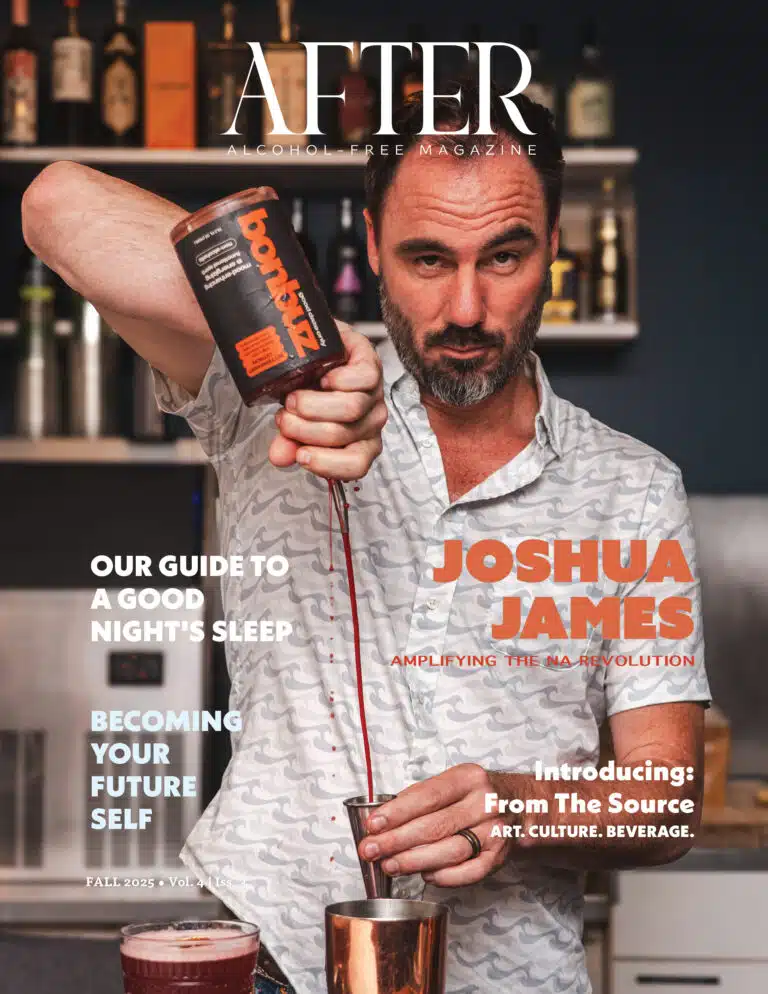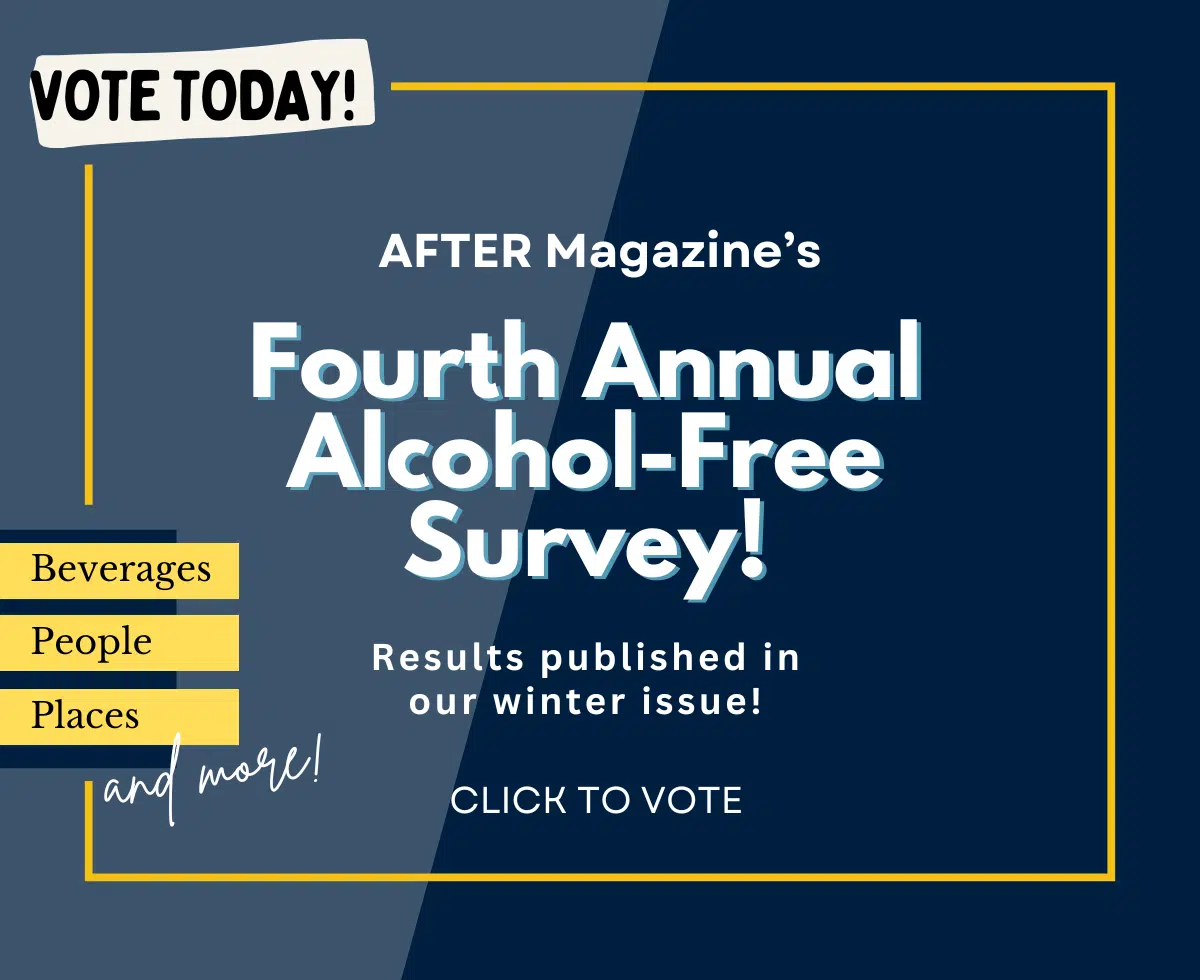‘Tis the season for resolutions, and if you’re anything like me, committing to one might make you feel a little wobbly. How will it go? How will it feel? Will I be able to stick to it?
On any given day, and particularly on any given January 1, the following list of habits I want to change runs on a constant cycle through my brain: eat less, hydrate more, scroll less, read more, text less, write more, nap less, sleep more, sit less, move more…the list goes on and on. The cacophony in my head makes me want to just reach for the M&M’s and see what’s new on Netflix. It’s a list that’s too long and too complex to conquer all at once but somehow, I never let go of the illusion—or delusion—that I just might…. So for years I would start every January 1 with a long list of resolutions.
It seems, however, that resolutions are made to be broken. Research shows they are not a very successful route to lasting change, and that the vast majority of resolutions do not stick. Statistics on failure rates range anywhere from 50 to 80 percent, depending on the source, and January 17 has earned the unofficial title “Ditch New Year’s Resolution Day” or, more succinctly, “Quitters’ Day.” The high expectations that go along with resolutions—and the crushing lows that can come with failure—dash our hopes and make us resolve either to try harder (a fruitless task unless we change the fundamental approach) or, perhaps worse, stop trying all together.
With the outlook so bleak, it seems to me that changing the way we think about our resolutions might just be the best resolution of all.
A New Approach
The biggest problem with New Year’s resolutions is that they are typically very black and white and leave no room for error. On December 31 we might be in the habit of sitting for nine waking hours a day and staring at screens for seven of those hours, yet we resolve that starting the VERY next day (and forever more) we will move our bodies every single hour and limit our Instagram time to 30 minutes. These massive changes are neither realistic nor sustainable.
What if, instead, we just walked a little more and scrolled a little less? What if the changes we make were nudges toward newness rather than a giant lunge toward a whole new you?
New Habits and Deep-Down Change
If we peel back the intimidating façade of New Year’s resolutions, there is usually under the surface an opportunity to foster a more sustainable change.
When creating new habits, James Clear, author of the popular book Atomic Habits, recommends paying attention to the “cues” around you. “Bad habits are autocatalytic: the process feeds itself,” he writes. “You feel bad, so you eat junk food. Because you eat junk food, you feel bad.” He goes on to say, “One of the most practical ways to eliminate a bad habit is to reduce exposure to the cue that causes it.”
These cues can be emotional (boredom, stress, grief, or, in my case, feeling overwhelmed thinking about all the things I “should” be doing) or they can be physical (like a fully stocked bar in your house or a stash of leftover Halloween candy at your fingertips). Your environment matters, and setting yourself up for success is a must. According to Clear, “The people with the best self-control are typically the ones who need to use it the least.” Do your best to get away from the things that are getting in the way of reaching your goal.
Removing cues is the first step in building up willpower, or eliminating the need for it altogether. This Naked Mind author Annie Grace writes in her companion book The Alcohol Experiment that “willpower is a finite and exhaustible resource.” We can run through it pretty quickly navigating the decisions and challenges we encounter during the course of an average day. So imagine how empty your willpower tank is by January 17 after white-knuckling it through two and a half weeks of your New Year’s resolution.
As Clear writes in Atomic Habits, “Self-control is a short-term strategy, not a long-term one.” While sweeping resolutions require a lot of willpower, making changes based on your conscious and unconscious beliefs and desires does not. If we’re cutting out booze because we think we “should” or adding cardio to our gym routine because the doctor said we had to, we’re going to have a lot more difficulty maintaining that change than if we really dig deep and identify our beliefs—or as motivational speaker Simon Sinek would say, our “why”—around the change we are trying to make. If we truly believe that booze is bad for our health, our livelihoods, and our relationships, it’s a lot easier to put down the glass than if we still believe it’s tons of fun and we’re missing out all the time.
There is serenity and an elegant simplicity to changing our underlying beliefs and desires rather than strong-arming our way out of a “bad” behavior. Grace writes in This Naked Mind, “One overarching choice frees you from all the daily choices. Instead of deciding to forego every beer presented to you for the rest of your life, you decide once and forevermore to see the truth about alcohol. This single choice means freedom….”
Positive Reinforcement
Habit change also involves our old friend, dopamine. One way to get a nice dopamine hit is to make our new habits seem as attractive as possible. The success of visualizing and then following through on a new healthy habit increases dopamine, which in turn helps reinforce the behavior and encourages our brains to want to repeat it.
One way to do this is what Clear calls “temptation bundling.” “You’re more likely to find a behavior attractive if you get to do one of your favorite things at the same time.” He gives examples of watching trashy TV while exercising or returning work emails while getting a pedicure. But if you’re looking to cut something out of your life or minimize a behavior that doesn’t make you feel good in the long run, you’ll need to think a little more big-picture.
For me, forgoing my nightly wine made a plethora of other desirable things possible: staying awake while watching Succession, remembering all the different ways everyone was cruel to each other on Succession, reading a book before bed and remembering what I read, not getting into stupid fights with my husband, and not waking up in the 3 o’clock hour every damn morning. Focusing on all the good things that come with the change makes it easier to maintain.
Creating a Plan for Success
As we embark upon resolution season, I would encourage you to pick one small change (keyword “small”) and create a plan of action—a roadmap for your journey toward change—instead of the usual wishful January 1st pledge. Set yourself up for success and think about how you will work through inevitable setbacks. Make sure you have a support system in place and prepare your environment to remove cues and triggers.
Make a list of your “whys” including all of your reasons and rationales for wanting this change and your beliefs surrounding it. This helps your resolve to work its way into your brain and subconscious beliefs, reducing the need to use your precious daily dose of willpower to make endless decisions. Describe how your new habit will bring you joy and keep that list with you.
When you resolve to make changes, recognize that there will be highs and lows. Begin with a long-term time horizon so you’re prepared to keep going even if things don’t go perfectly in the short term. As Grace writes, “Forgiveness and gentleness with yourself no matter how long your personal journey takes are vital and absolutely central to finding your freedom.” Let’s reframe repeat attempts not as failures but as determination, tenacity, and stick-to-itiveness.
Last New Year, memoirist Garrett Keizer published a New York Times opinion piece about the 18th century poet Samuel Johnson who he dubbed “the patron saint of resolutions.” Johnson spent a lifetime documenting his less-than-successful resolutions with a continual sense of melancholy. Of Johnson’s long list of resolutions and failures, Keizer writes, “Amid so much lament it’s easy to miss the one resolution Johnson did keep…, the resolution to continue resolving. You can see that doggedness as an exercise in futility…but I prefer to see it as an act of charity toward himself.” Johnson believed in his vision of a better life for himself enough to keep trying.
This year, what if we simply resolve to keep resolving?
***





